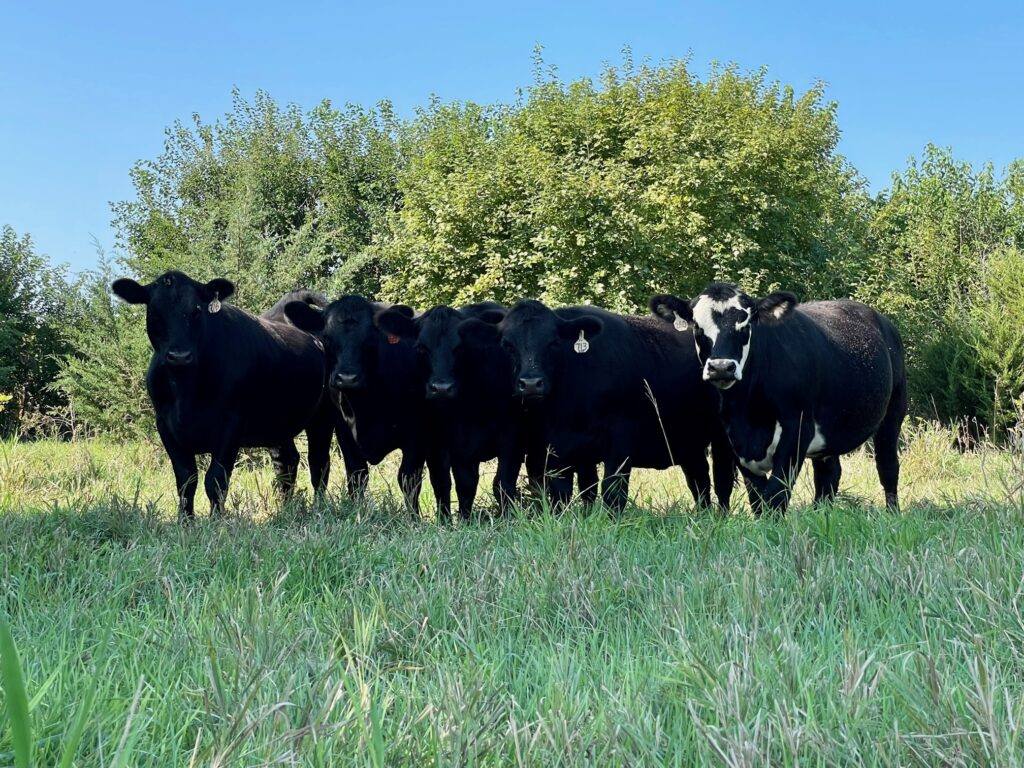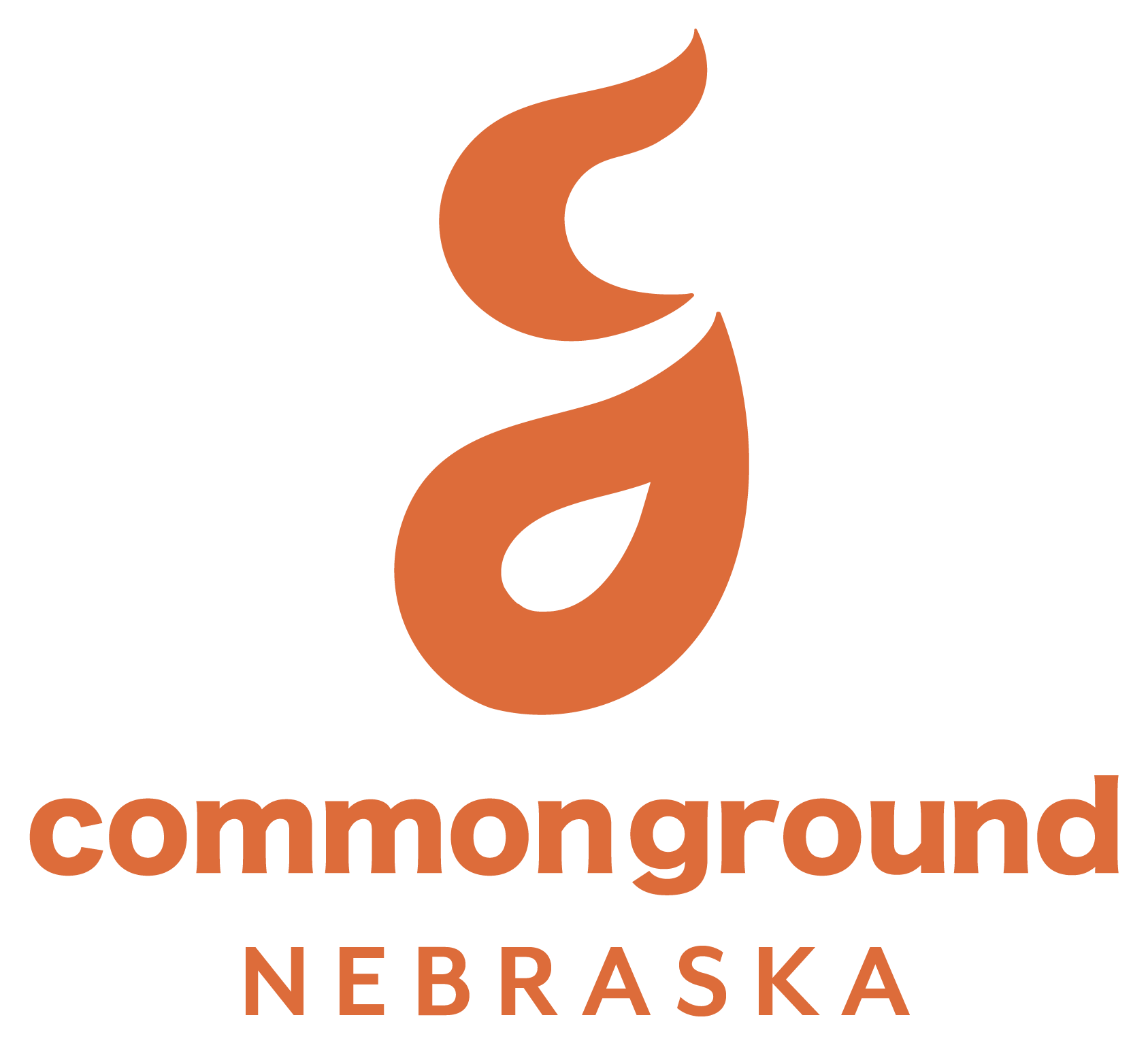
Rotational Grazing: Nurturing the Land & Livestock on Our Farm
On the farm, farmers utilize a method of cattle grazing that not only benefits the livestock but also contributes to the long-term health of the land. It’s called rotational grazing, a practice that has become a cornerstone in sustainable farming. In this article, we’ll explore rotational grazing and how it can transform a farm into a thriving and environmentally conscious operation.
The Basics of Rotational Grazing:
Rotational grazing is a managed approach to pasturing livestock, especially cattle. The idea is simple yet powerful: divide your grazing land into smaller paddocks or pastures and systematically rotate your cattle among them. This approach mimics the natural movement of wild herds and offers many benefits for both the animals and the environment.
The Advantages of Rotational Grazing:
- Enhanced Pasture Health: By allowing pastures to rest and regenerate between grazing periods, rotational grazing promotes healthier and more robust vegetation. Grasses and forage plants have the opportunity to recover, leading to better forage quality.
- Improved Soil Health: The impact of cattle hooves on the soil can be detrimental when allowed to overgraze in a single area. With rotational grazing, soil compaction is reduced, and the land can regain its structure and health. This also encourages better water infiltration.
- Natural Fertilization: As cattle graze, they naturally fertilize the land with their manure. Rotational grazing spreads this fertilizer evenly, avoiding the over-concentration of nutrients in one spot and preventing environmental issues like nutrient runoff.
- Optimal Forage Utilization: Rotational grazing ensures that cattle have access to high-quality forage at all times. This leads to better weight gain, healthier cattle, and less reliance on supplementary feed.
- Erosion Control: By maintaining ground cover and reducing the risk of overgrazing, rotational grazing helps prevent soil erosion. This is especially important in hilly or sloped areas.
- Biodiversity: Encouraging cattle to graze in different areas promotes biodiversity. Other wildlife, insects, and plants benefit from the shifting landscape, contributing to a more vibrant and balanced ecosystem.
- Disease and Parasite Management: Since cattle move through different pastures, the risk of disease and parasite buildup in a single area is minimized. This can reduce the need for chemical treatments and medications.
How Rotational Grazing Works on Our Farm:
On our farm, we’ve divided our grazing land into several paddocks using electric fencing. Each paddock is sized to provide our cattle with enough forage for a set period, typically a few days to a couple of weeks, depending on the size and condition of the pasture. We rotate our cattle between these paddocks on a schedule.
The timing of rotation depends on several factors, including the growth rate of the grass, the number of cattle and the desired impact on the land. We monitor the condition of the pasture and the cattle to ensure they are receiving the best care.
The Results:
Our pastures are healthier and more productive, and our cattle are thriving. We’ve noticed increased weight gains, reduced health issues and overall contentment among our livestock.
But it’s not just the cattle that benefit. The land has become more resilient and our farm has a reduced environmental footprint. We’ve also observed more wildlife and a richer diversity of plant life, all of which is a testament to the positive impact of rotational grazing.
Rotational grazing is more than just a farming practice; it’s a philosophy that harmonizes the needs of the land, the cattle, and the environment. It showcases how sustainable agriculture can be achieved through mindful land management and a deep respect for the interconnectedness of all living things. On our farm, rotational grazing isn’t just a method; it’s a way of life, and it’s changing the landscape for the better.
